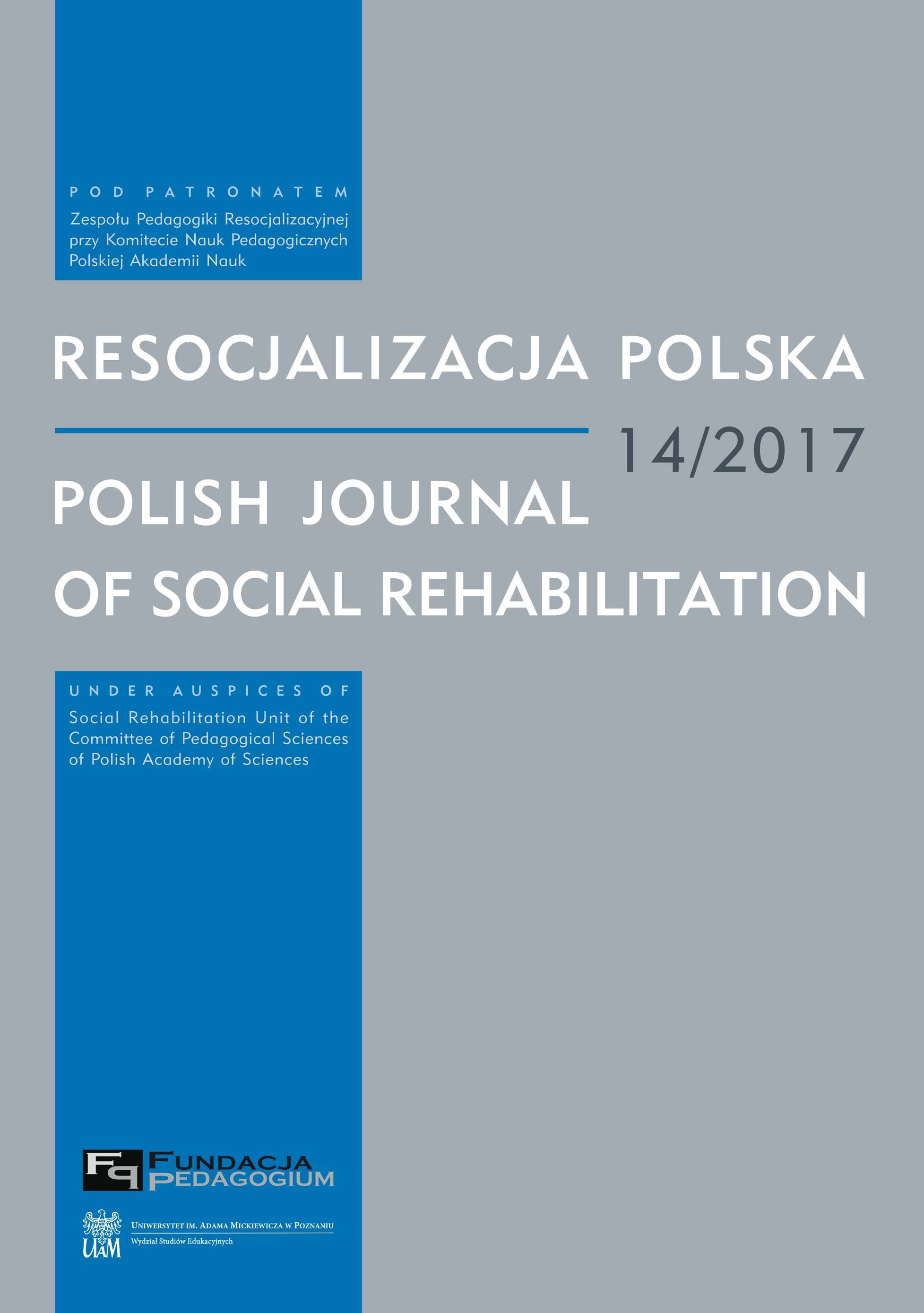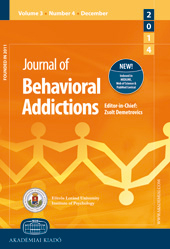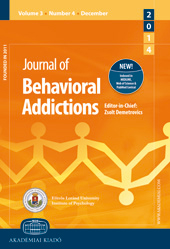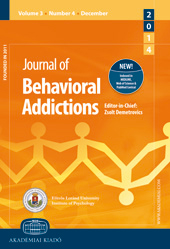
The value of the self-help groups in getting out of addiction and being sober of the punished persons – proposals for socialization
The necessity of comprehensive support for people leaving prisons and their families should become the supreme activity of interdisciplinary teams. The article presents the complex and changing nature of modern society, which is a threat to isolated individuals, does not facilitate finding an agreement and makes it difficult to find a sense of belonging in an environmental group. Society does not propose to the individual how to solve the problem of sense of nonsense, but as a rule he tries to eliminate it from human life through access to various forms of institutional help that do not adequately support programs. The decisive role in rebuilding satisfaction is played by such factors as: belonging to the AA group, duration in sobriety, alcohol involvement and participation in psychotherapy. The most benefits come from the support of the community, which gives strength and spiritual and social development, which favors the improvement of functioning in the individual and social sense
More...


